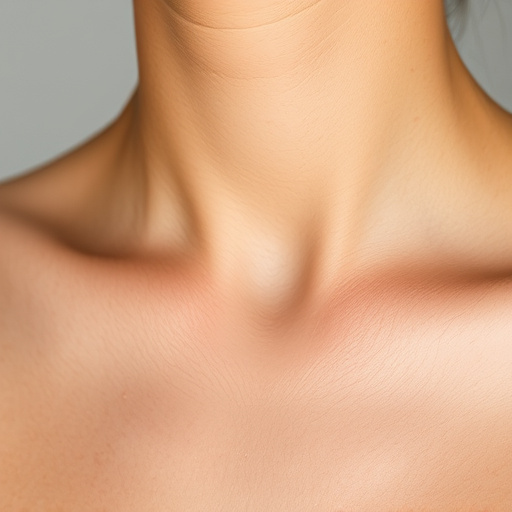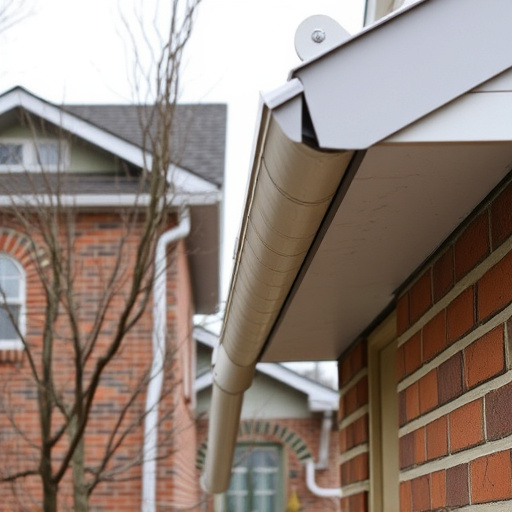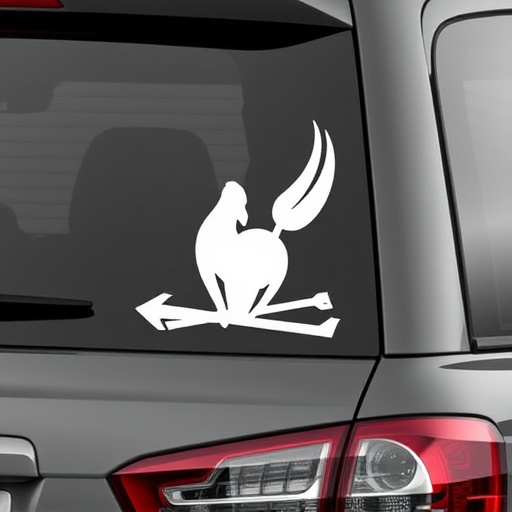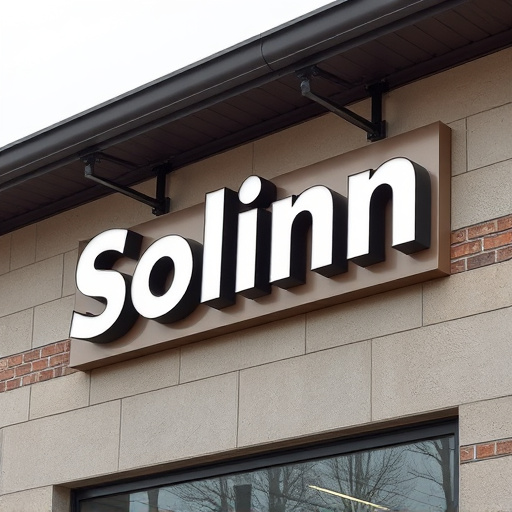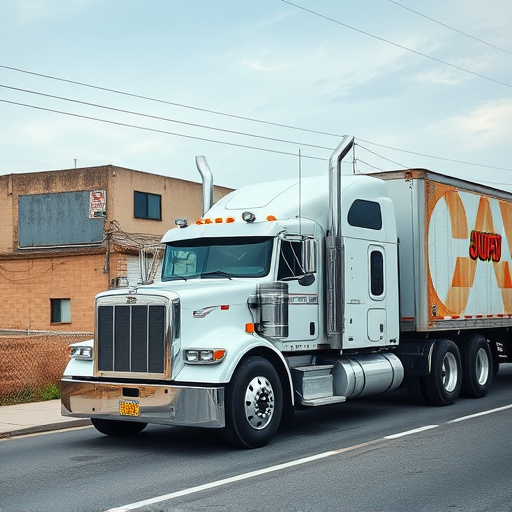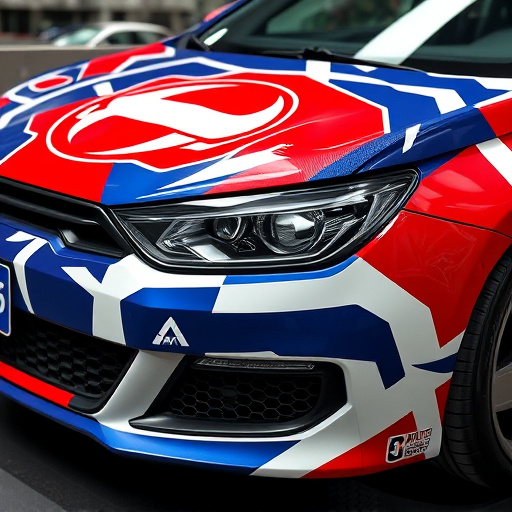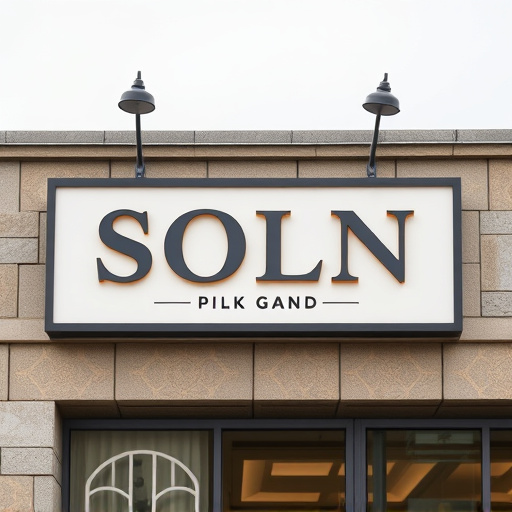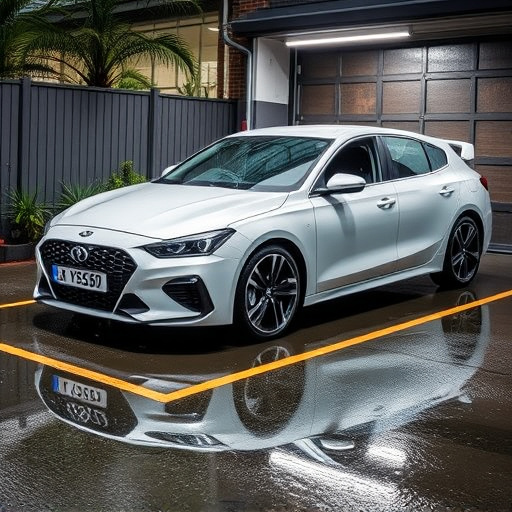Swirl marks, caused by minor impacts, weaken a vehicle's paint protective layer, leading to further environmental damage. Prompt addressing with ceramic coatings or protection films enhances UV defense and simplifies future removal. Minor swirls can be fixed with basic wash, dry, and wax, while significant ones require professional detailing services using polishes and compounders. Preventative measures like high-quality paint protection films significantly aid in maintaining a pristine finish.
Swirl marks, those unsightly scratches on your car’s paintwork, are a common concern for vehicle owners. Understanding how often you should perform swirl mark removal is key to maintaining a pristine finish. This article delves into the factors influencing removal frequency and offers effective techniques, ensuring you know exactly when and how to tackle these stubborn marks. From identifying causes to choosing the right methods, discover the secrets to achieving a flawless car exterior.
- Understanding Swirl Marks and Their Causes
- Factors Influencing Swirl Mark Removal Frequency
- Effective Swirl Mark Removal Techniques and Tips
Understanding Swirl Marks and Their Causes
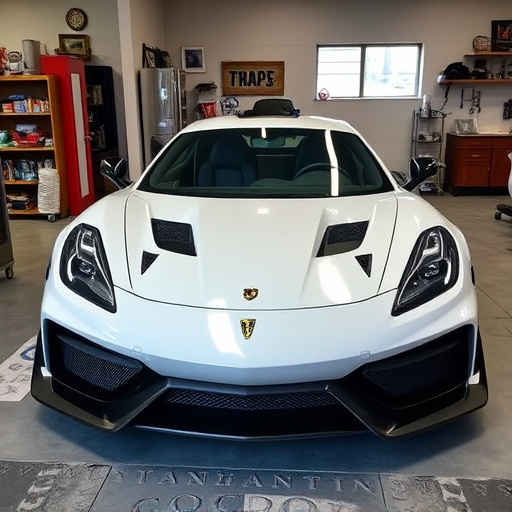
Swirl marks, also known as scratches or marring, are unsightly defects that can appear on vehicle paintwork due to various reasons. Understanding their causes is essential when considering swirl mark removal techniques. These marks often result from minor impacts, such as brushing against a rough surface, bird droppings, or even improper washing methods. Over time, they can accumulate and become more prominent, affecting the overall aesthetics of a vehicle’s finish.
The presence of swirl marks is not merely an aesthetic concern; it also weakens the paint’s protective layer. This vulnerability makes the surface more susceptible to further damage from environmental factors like UV radiation and airborne contaminants. As such, addressing swirl marks promptly becomes crucial. Applying a ceramic coating or using a paint protection film can offer enhanced UV protection and maintain the vehicle’s glossy finish, while also making future swirl mark removal easier and less invasive.
Factors Influencing Swirl Mark Removal Frequency

The frequency at which you should perform swirl mark removal depends on several factors. One primary consideration is the level of exposure your vehicle faces to potential contaminants. Environments with high air pollution, dust, and grit will require more frequent swirl mark removal compared to areas with cleaner air. Additionally, vehicles used for long-distance travel or in regions with harsh weather conditions may need more thorough cleaning due to increased road debris and corrosive elements.
Another influencing factor is the quality of your vehicle’s finish, particularly if it has a ceramic coating or ceramic window tinting. These protective layers can significantly reduce the appearance of swirl marks, extending the time between removal sessions. However, maintaining these coatings requires regular washing and proper care to ensure their effectiveness. Moreover, scratch protection treatments play a role; deep scratches will require more frequent removal to restore the vehicle’s aesthetic appeal.
Effective Swirl Mark Removal Techniques and Tips
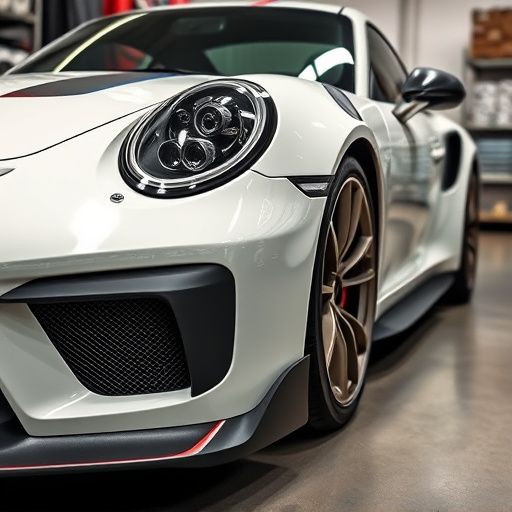
Effective swirl mark removal requires a combination of the right tools and techniques. Start by evaluating the severity of the swirl marks. For minor swirls, a simple wash and drying routine accompanied by a quality car wax or sealant can help restore a smooth finish. These products fill in small imperfections and protect against future damage.
For more significant swirls, consider professional detailing services that employ advanced tools like polishes and compounders. These substances gently sand away damaged paint layers, revealing a smoother surface. Remember, aggressive scrubbing or using incorrect products can exacerbate the issue. Protecting your vehicle’s finish with a high-quality paint protection film or scratch-resistant coating can also prevent swirl marks from forming in the first place, making regular maintenance easier and ensuring your car stays looking its best in the long run.
